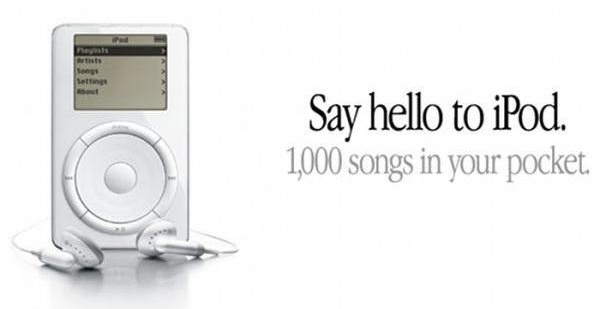What L&D can learn from the Apple marketing strategy


Sell your training like one of the most successful companies in the world sell their products.
Here are some practical tips on how to use marketing techniques to get your employees engaged in training.
You might not want to train your employees like Apple store staff, but there’s a lot you can learn from their marketing department.
We’re going to run through some ways your L&D team can learn from some of the best marketers in the tech world.
Build an L&D brand
Building a brand, and making the message hit home will help sell your learning. Apple is the fourth most recognised brand in the world.
Making people aware of the learning and development services that are available in your organisation is critical. It’s not going to be easy to build the kind of association with quality of a brand like Apple, but there is a simple way to start.
Define a core idea that you can build on when you introduce any type of learning, make this your mission statement.
Instead of Wikipedia’s definition of L&D:
“A function of human resource management concerned with organizational activity aimed at bettering the performance of individuals and groups inorganizational settings.”
Try an Apple inspired phrase:
Learn differently, work smarter
Just having something simple and consistent that you can bring to all your marketing efforts helps get the brand ball rolling.
Whether you’re offering a new type of training that your staff have never experienced before, or an update to a tried and trusted course, there’s something Apple can teach you.
When introducing something completely radical in the field, like the original iPod, you need to explain why it’s something people need.
Sell the benefits

It’s important to keep the message simple, especially if the training isn't. Explain what the training can do for the learner as quickly as possible so they can see how it’s going to benefit them.
Instead of:
The new LMS system allows you to access a huge variety of training courses and incorporates social learning elements.
Try something like:
Learn more and share your knowledge easily. Log in to the new LMS.
On the other hand you might be launching an updated course to cover new legislation, but you still need everyone to be aware of it and to take action.
Apple are renowned for the release schedules of their most popular product lines. You can be pretty sure that there’s going to be an announcement in September which includes a new range of iPhones.
How do you generate interest in ongoing announcements like this?
Make it an event, keep the information coming throughout the development process so people are prepared for it and name a date for the launch of the new course.
All your training is going to benefit your employees. You will already have a good idea of the learning outcome that you want, but you need to be clear on how that’s going to translate into real life benefits for the learners in order to sell the course.
Take a cue from this iPhone 6 page , there are specifications there if you look hard enough, but the text is selling the benefits to the user of these new hardware features.
Instead of:
We’re introducing 10 new induction modules for various parts of the organisation.
Sell the benefits:
New starters in every area can integrate faster with our new induction training.
You can really drive home the message of real life benefits using another technique that was pioneered by Apple in the 80’s.
Evangelist marketing
Guy Kawasaki is often credited with popularising evangelist marketing after his work on the second generation of Apple Macintosh. He started a trend for Apple which continues to the latest generation of smart phones and devices.
The most trusted form of advertising is a recommendation from a friend or colleague . It’s clear that getting people on board for your training and having them pass on the positive feedback is going to be key to your strategy.
This billboard advertising the iPhone 6 features a user submitted photo which was actually taken with the iPhone.

The photographer, Julian Bialowas was thrilled to be chosen and shared the image on Twitter, a perfect example of how Apple advertise the benefits of their products through their customers.
Delve deeper and there are more examples of how Apple involve the people who use their products in pushing the message out to the rest of the market.
If you can get someone who’s taken your course to explain to others how it’s benefited them in a simple way like this, you’re going to see participation and results improve.
Finding the right people can be a challenge, and it’s important to go about in the right way. Be upfront and clear about the goal, you need your evangelists to sincerely appreciate the learning and to want to spread the word themselves.
Find the people whose opinion is trusted and valued in your organisation and get them on board with your learning at the earliest stage possible. If you've produced something that can offer real benefits for them then you can count on them to pass on the message.
Create something your market wants
There’s a caveat, the best marketing in the world can’t save a product, or elearning module, that isn't very good.
Developing a brand that’s known for quality and results will help you get people in through the doors, but you need to offer quality, just ask Apple fans about the “hockey puck” mouse .
We can help create elearning that lives up to your L&D brand, get in touch to talk about your next elearning campaign.